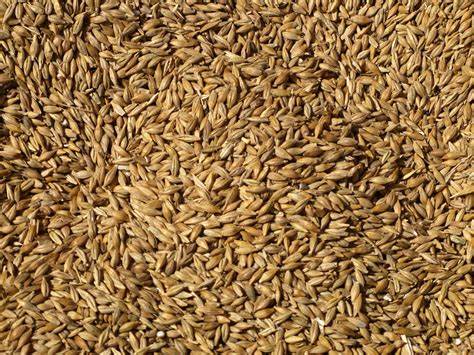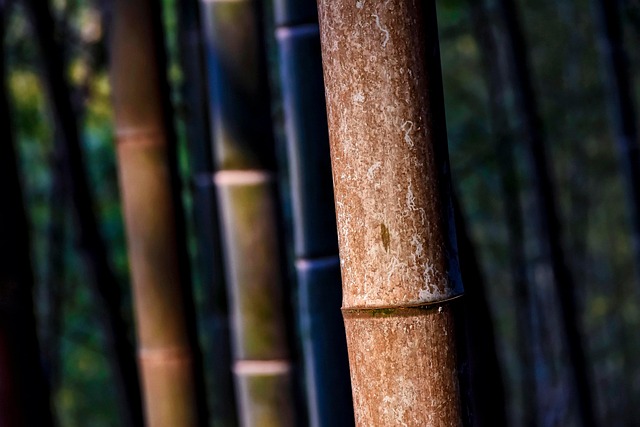Millets are an ancient group of small-seeded grasses that have been cultivated for thousands of years. They are a staple food in many parts of the world, including India, Africa, and China. In recent years, it have gained popularity as a healthy and sustainable food option. In this blog, we will explore the benefits of millets and how they can be a part of a healthy diet and sustainable agriculture.
What are Millets?
It is a group of small-seeded grasses that belong to the Poaceae family. They are gluten-free and rich in nutrients such as fiber, protein, vitamins, and minerals. Millets come in a variety of colors, including white, yellow, red, and gray, and are used in a variety of dishes such as porridge, bread, and beer.
Benefits of Millets
Millets are a healthy food option for several reasons. Firstly, they are gluten-free, making them an excellent alternative for those with celiac disease or gluten intolerance. They are also rich in fiber, which helps with digestion and can prevent constipation. It is also a good source of protein, which is essential for building and repairing tissues in the body.
Another benefit of millets is that they are sustainable to cultivate. They require less water and fertilizer than other grains like rice and wheat, making them an excellent option for farmers in arid regions. Additionally, It can be grown in poor soil conditions, which makes them a sustainable alternative to monoculture farming.
How to Incorporate Millets into Your Diet
It can be used in a variety of dishes and can replace other grains such as rice, quinoa, or oats. Some popular millet dishes include porridge, salads, soups, and even desserts. Millet flour can also be used to make bread, cakes, and other baked goods.
To incorporate millets into your diet, start by experimenting with different recipes. You can try replacing rice with millet in your favorite rice-based dishes or adding millets to soups and stews for extra texture and nutrition. Millet flakes or puffed millets can be used as a healthy cereal or snack option.
Conclusion
It is a nutritious and sustainable food option that can be a part of a healthy diet. They are gluten-free, rich in fiber and protein, and can be used in a variety of dishes. Additionally, It is sustainable to cultivate and can be an excellent alternative to monoculture farming. By incorporating millets into your diet, you can enjoy the benefits of this ancient and healthy grain while supporting sustainable agriculture.


